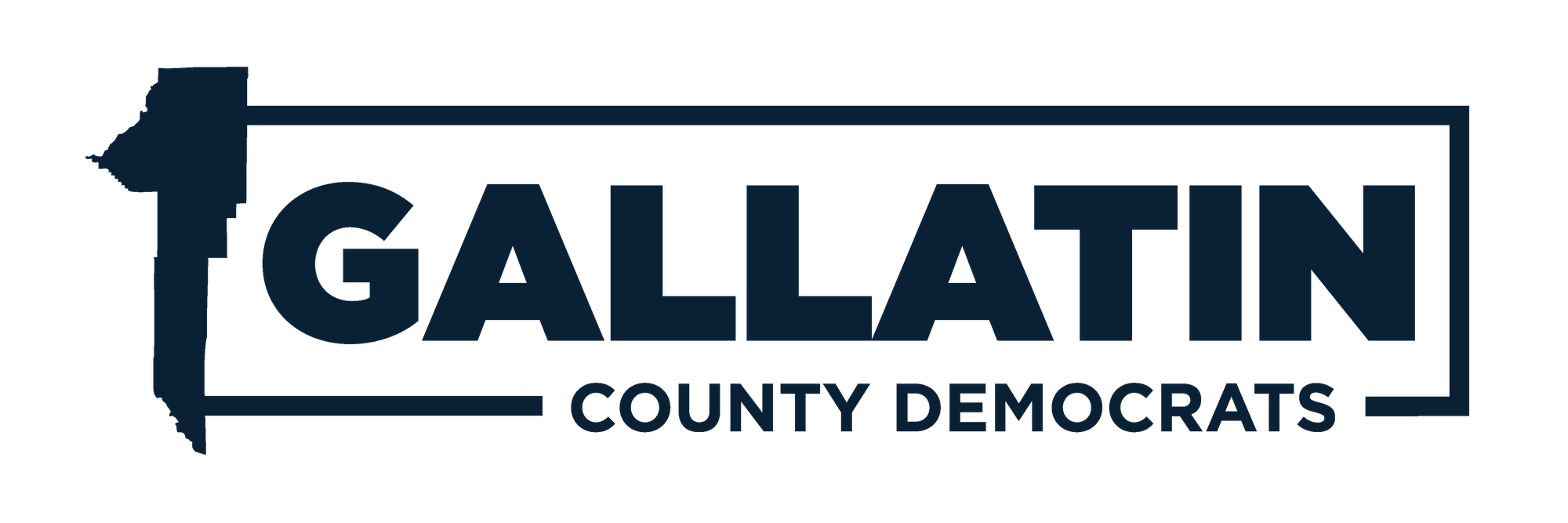By KRISTIN SMITH
Guest columnist
This is a pivotal moment for Montana’s local governments. In March 2021 President Biden signed the $1.9 trillion American Rescue Plan Act (ARPA). ARPA included $350 billion in direct
payments for state and local governments.
In Montana, counties will collectively receive $207 million.
Montana municipalities will receive $133 million.
How can local governments best leverage these funds?
ARPA is unique for federal funding. First, it is a significant pool of money. Gallatin County stands to receive $22 million, which represents more than 12% of the county’s FY2020 budget.
Cities will also benefit from ARPA. Bozeman will receive $12 million, nearly 6% of its budget.
Belgrade will receive $2.3 million, $500,000 will go to Three Forks, $461,000 to Manhattan, and $330,000 to West Yellowstone.
Second, ARPA funds are relatively unrestricted. They can be used to replenish lost revenue, address economic impacts related to COVID, pay essential workers, and invest in water, wastewater,
and broadband infrastructure.
Third, the funding has a long timeframe. Communities have until Dec. 31, 2024, to spend funds.
Together, these factors give local governments the resources, autonomy, and time needed to make creative, long-term investments. It is an opportunity to be bold.
But ARPA also presents many challenges. One-time money cannot fix long-term budgeting problems. Montana is one of five states without a sales tax.
Local jurisdictions cannot collect local sales taxes. These fiscal policies make it hard for local governments to raise revenue to pay for critical infrastructure, services, and maintenance. ARPA
funds cannot fix these structural problems.
Also, windfall revenue is notoriously difficult to manage.
Research in boom-bust economies illustrates the pitfalls. Communities flush with revenue often invest in projects without considering long-term operating, maintenance, and debt-service costs. They sometimes increase spending across the board instead of investing in strategic priorities. When the windfall revenue disappears, they have to cut services, defer maintenance, and raise taxes.
Capacity is another challenge. Places like Bozeman have department heads and staff to strategically manage their funds. However, smaller communities may not have the resources, staff, or time to assess and implement different budgeting scenarios.
Montana received an additional $960 million in ARPA funds that will be allocated by the Legislature. Spending priorities, eligibility, grant application processes and complexity, matching fund requirements, and other rules for distribution are currently being debated in HB 632. Politically savvy communities in Montana are already lobbying state elected officials. Smaller communities
may not have the capacity to compete.
How should our local governments invest ARPA funds? Invest long term. ARPA funds can help replenish reserves, upgrade systems, and fund programs that can actually save governments money in the long term — like paying for efficiency improvements in public buildings. Understanding how investments today will create (or prevent) ongoing costs tomorrow is key to avoiding unexpected liabilities.
Invest in community goals, not budget line-items. ARPA funding can be invested in pilot programs that are strategic priorities but historically difficult to fund. Bozeman is poised to do this.
Its recently released community plan lays out a vision to address growth challenges. ARPA can help operationalize the plan, like by bolstering affordable housing initiatives and kickstarting
innovative housing partnerships.
Invest regionally. No individual community will receive enough ARPA funds to significantly change operations. However, collectively, Gallatin County and its cities will receive almost $40
million. A regional approach, guided by a regional recovery council, could ensure that the funding benefits all communities while stretching dollars further. ARPA is an opportunity for county and city departments and elected officials to pool resources and coordinate regionally.
The opportunities created by ARPA funding could transform our region if we take a strategic, long-term view. Let’s not waste the windfall.
Kristin Smith, Ph.D., is an economic geographer and researcher at Bozeman-based Headwaters Economics.
Bozeman Daily Chronicle Guest Editorial 4/28/21

